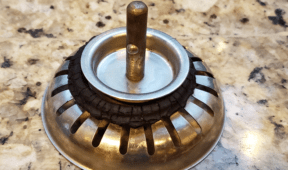Rat-Proof Your Garden Naturally With These 3 Proven Plants
Are you tired of finding your carefully tended garden ravaged by unwelcome rodent visitors? The sight of gnawed vegetables and disturbed soil can be disheartening for any gardener. But before you reach for harmful chemicals or set inhumane traps, consider a natural and beautiful solution: rat-repelling plants. These green guardians not only add aesthetic value to your outdoor space but also serve as a powerful deterrent against pesky rats.
Start your next woodworking adventure with TedsWoodworking! Dive into 16,000+ projects and bring your ideas to life. Build unique furniture and master new skills with Ted’s detailed, step-by-step plans guiding you every step of the way.
In this article, we’ll explore three plants that have proven effective in keeping rats at bay. By incorporating these botanical allies into your garden design, you can create a harmonious and pest-resistant environment. Let’s dive into the world of natural pest control and discover how you can harness the power of plants to protect your garden.
1. Lavender: A Fragrant Fortress for Your Garden
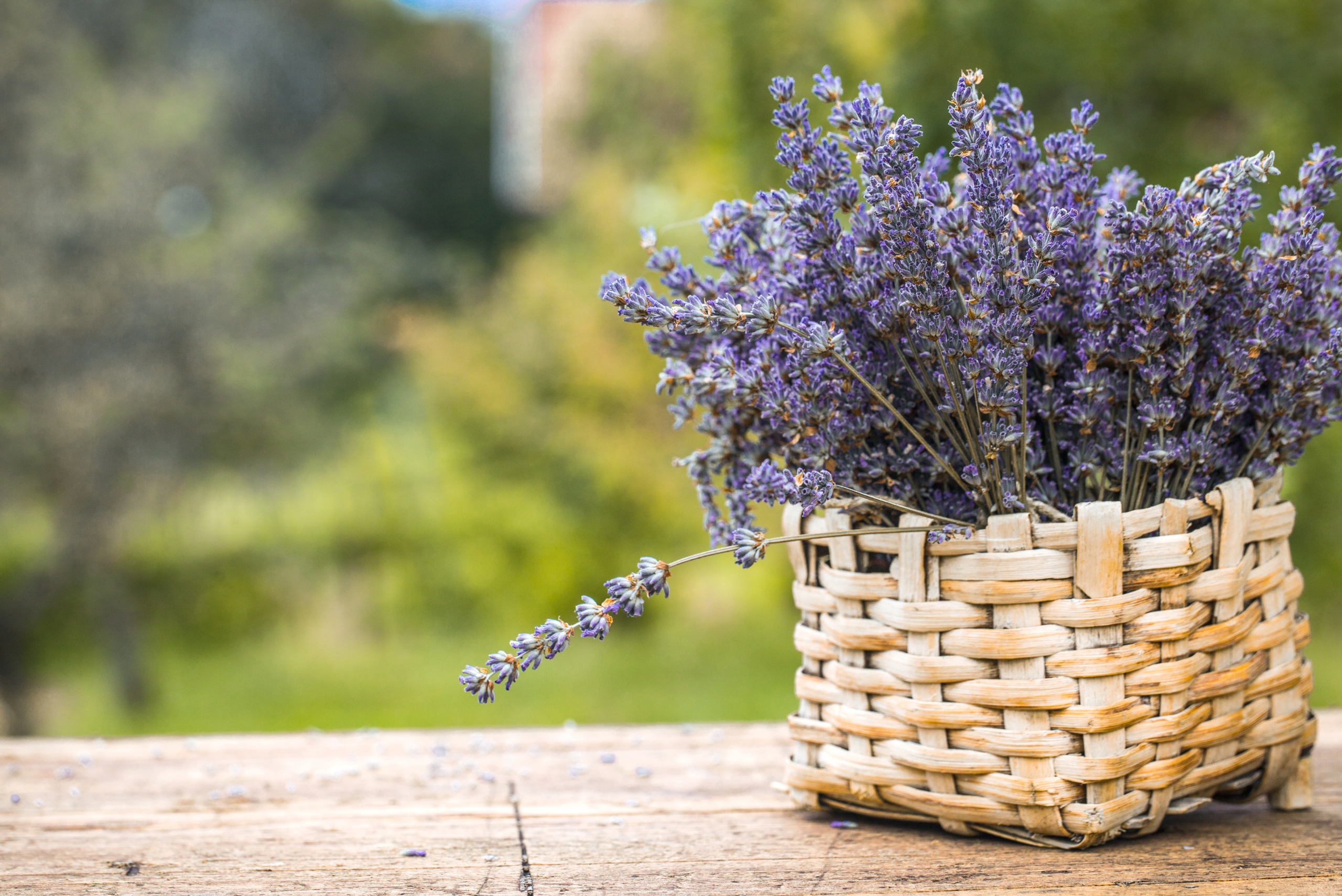
Lavender, with its delicate purple blooms and soothing scent, is a beloved garden staple. But did you know that this beautiful plant is also a natural rat repellent? The strong, floral aroma of lavender is off-putting to rats, making it an excellent choice for creating a rodent-resistant barrier around your garden.
Plant lavender in sunny spots along walkways, near entry points to your home, or interspersed throughout your garden beds. Not only will it help deter rats, but it will also attract beneficial pollinators like bees and butterflies. Lavender is drought-tolerant and low-maintenance, making it an ideal choice for busy gardeners who want both beauty and functionality in their outdoor spaces.
2. Rosemary: The Herb That Rats Can’t Stand
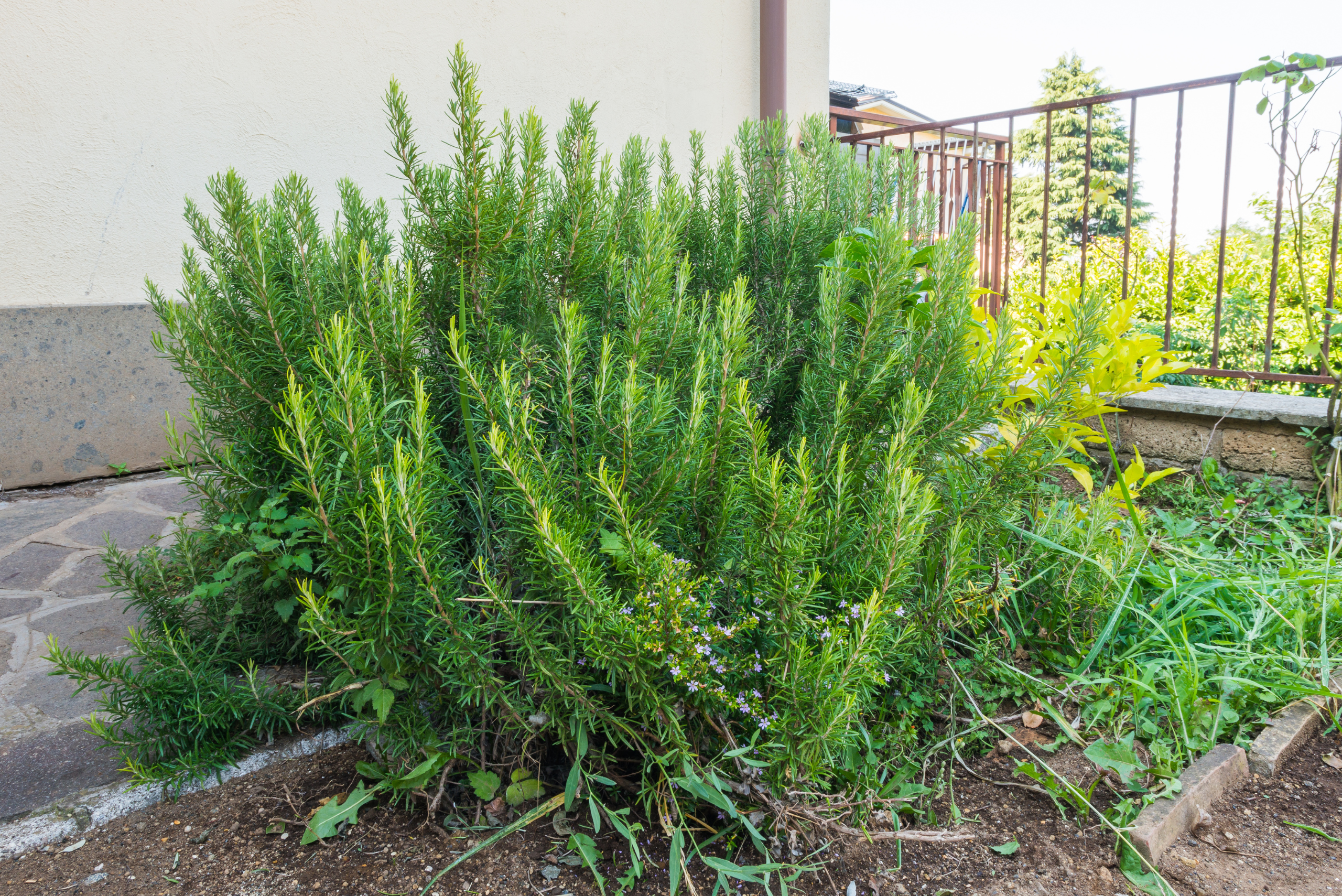
Rosemary is another aromatic herb that doubles as a natural rat repellent. Its strong, woody scent is unpleasant to rats, making them think twice before entering your garden. This versatile Mediterranean herb is not only useful in the kitchen but also serves as an attractive ornamental plant in your landscape.
To use rosemary as a rat deterrent, plant it in well-draining soil in sunny areas of your garden. It works well as a border plant or can be grown in containers near entry points to your home. Rosemary is drought-tolerant and can grow quite large, so make sure to give it enough space to thrive. Regular pruning will help maintain its shape and encourage bushier growth, enhancing its rat-repelling properties.
3. Mint: The Aromatic Shield Against Rodent Invaders
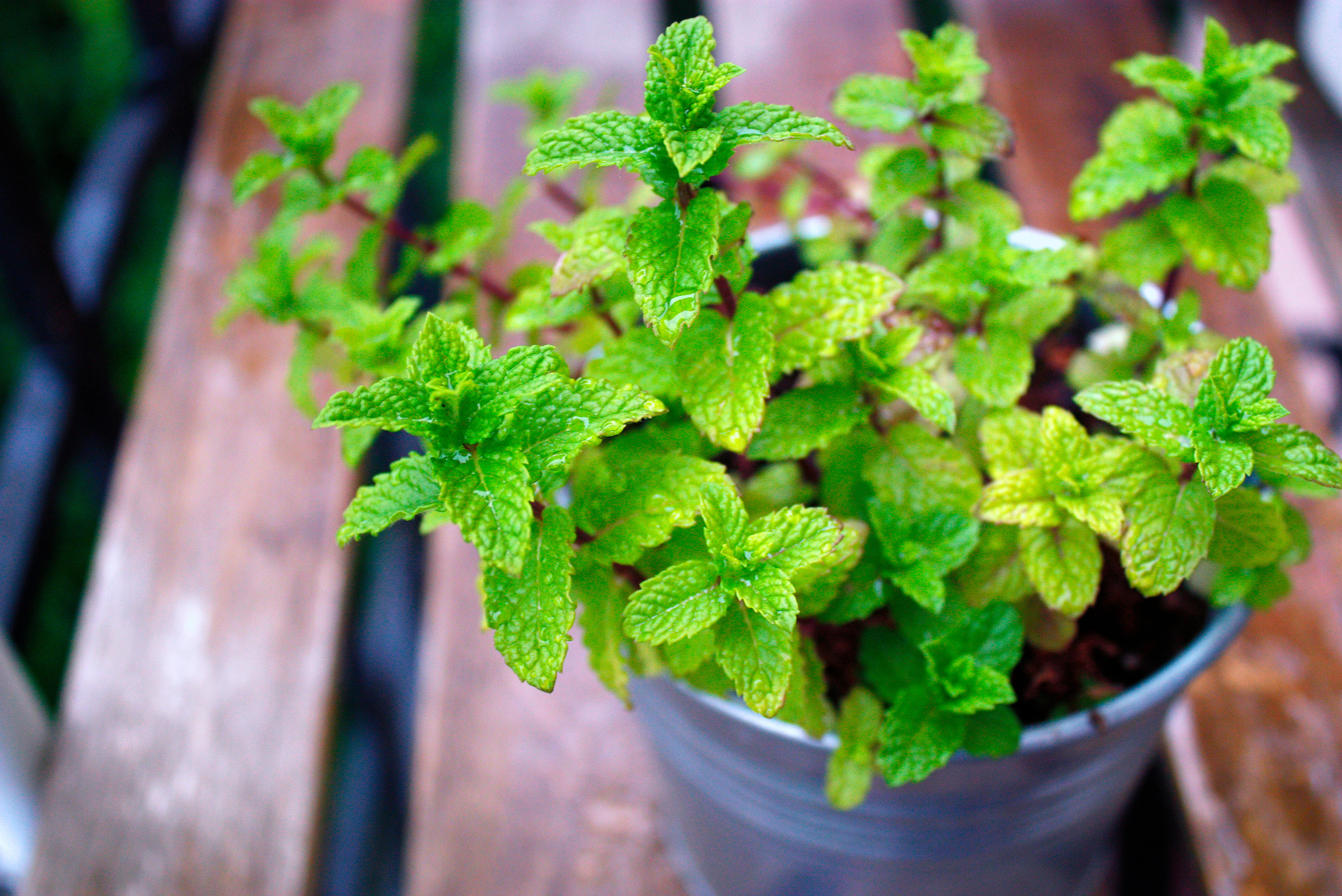
Mint is not just a refreshing addition to your herb garden; it’s also a formidable opponent to rats. The strong, pungent aroma of mint leaves is overwhelming to these rodents’ sensitive noses, making your garden an unpleasant place for them to inhabit. Peppermint and spearmint are particularly effective varieties, but any member of the mint family will do the trick.
To maximize the mint’s rat-repelling potential, plant it strategically around the perimeter of your garden or in areas where you’ve noticed rat activity. Keep in mind that mint is an aggressive grower, so consider planting it in containers to prevent it from taking over your garden. Regular pruning will help maintain its potency and keep the plant healthy and aromatic.
Creating a Rat-Resistant Garden Design
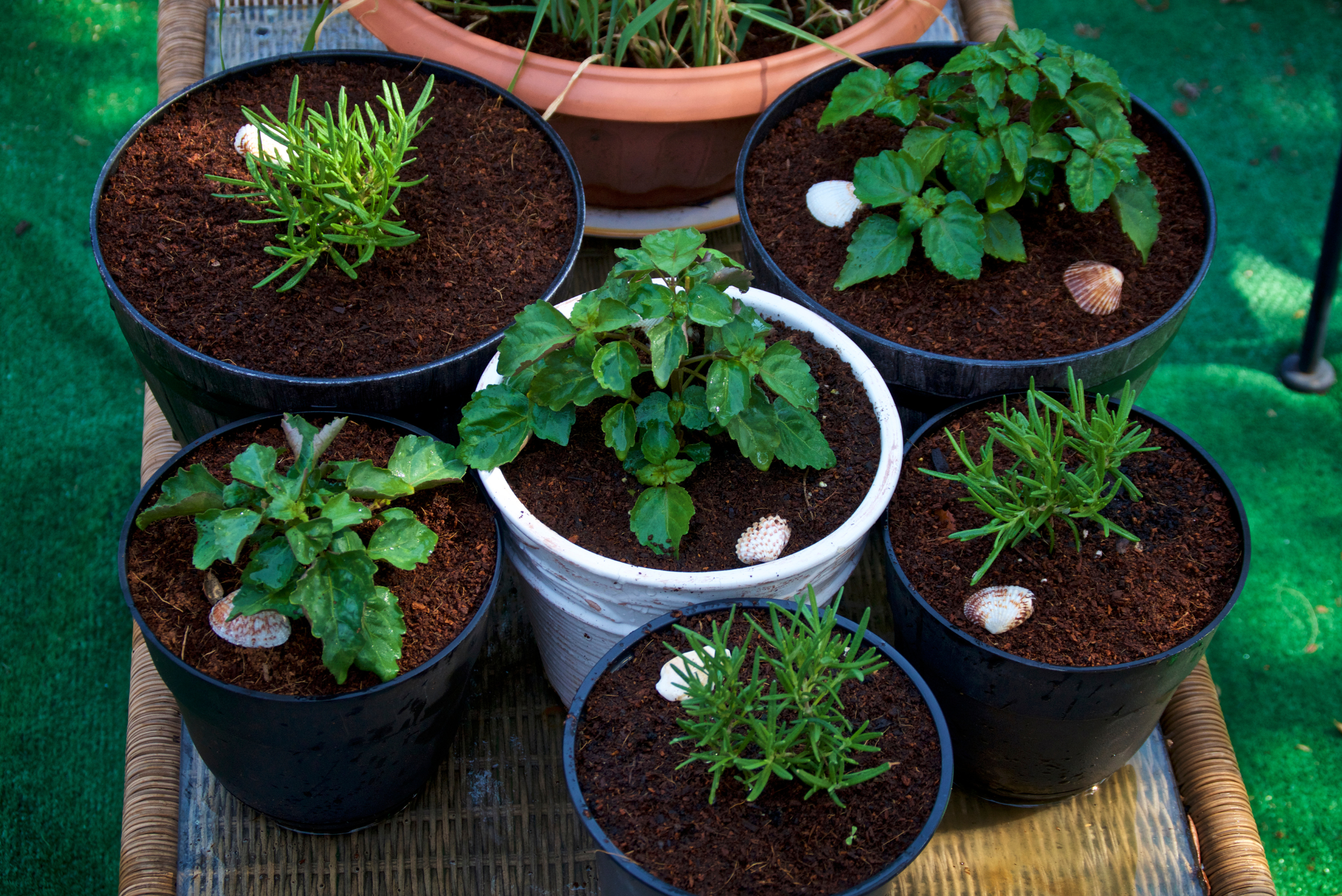
When incorporating these rat-repelling plants into your garden, consider creating a layered defense system. Plant mint as a ground cover, with lavender and rosemary forming a taller barrier. This multi-tiered approach not only looks visually appealing but also creates a more effective deterrent against rats.
Don’t forget to consider other areas of your property where rats might enter. Plant these aromatic herbs near compost bins, garbage areas, or any potential food sources that might attract rodents. By strategically placing these plants, you can create a comprehensive rat-resistant landscape that protects your entire outdoor space.
Maintaining Your Rat-Repelling Plants for Maximum Effectiveness
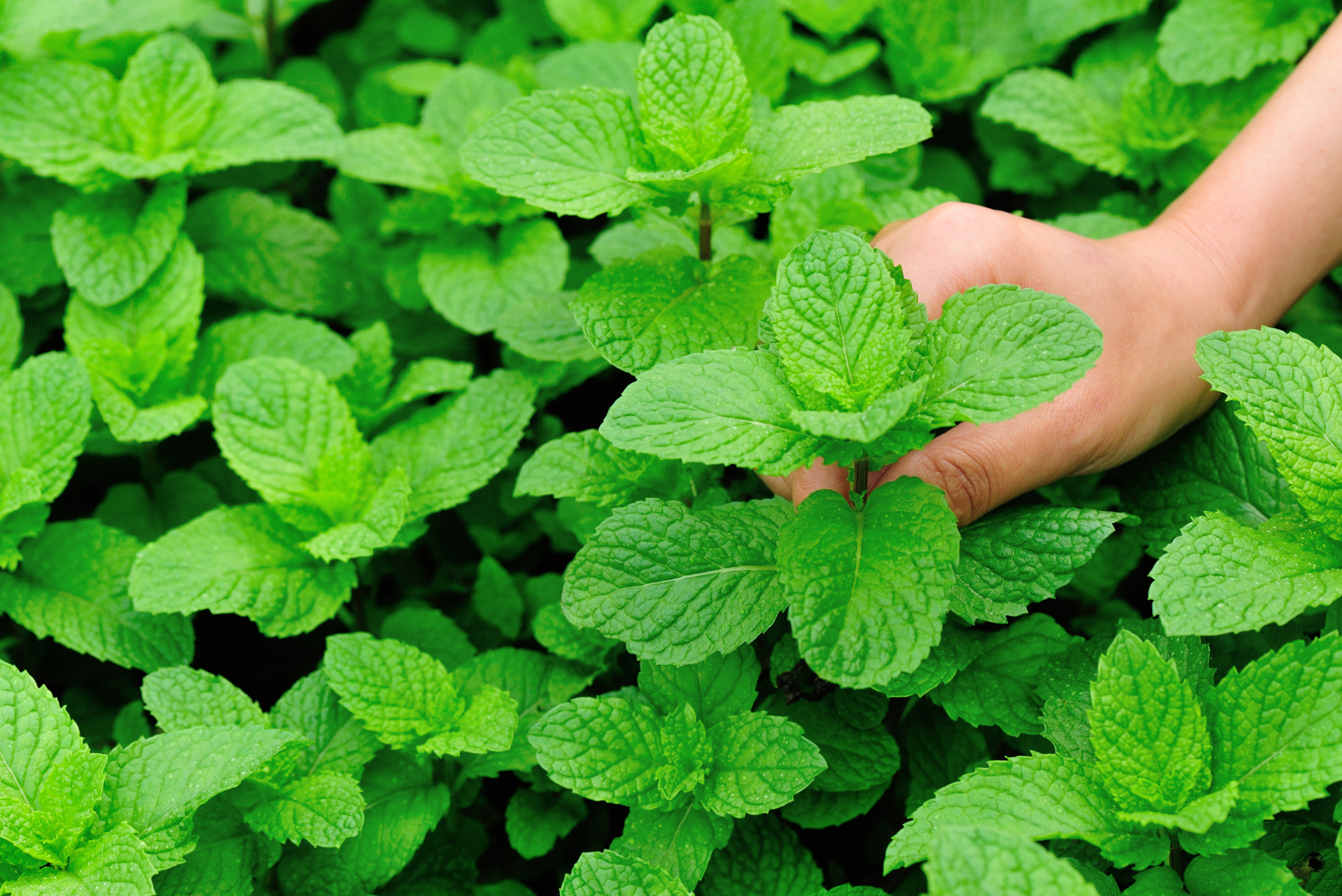
To ensure your rat-repelling plants remain effective, proper maintenance is key. Regular pruning and harvesting of herbs like mint and rosemary will stimulate new growth and keep the plants producing strong-scented oils. For lavender, deadheading spent blooms will encourage more flowering and maintain its potent aroma.
Water your plants appropriately, as stressed plants may produce fewer essential oils, reducing their effectiveness as rat repellents. Mulching around the base of the plants can help retain moisture and suppress weeds, allowing your rat-repelling garden to thrive with minimal effort on your part.
Complementary Strategies for a Rat-Free Garden
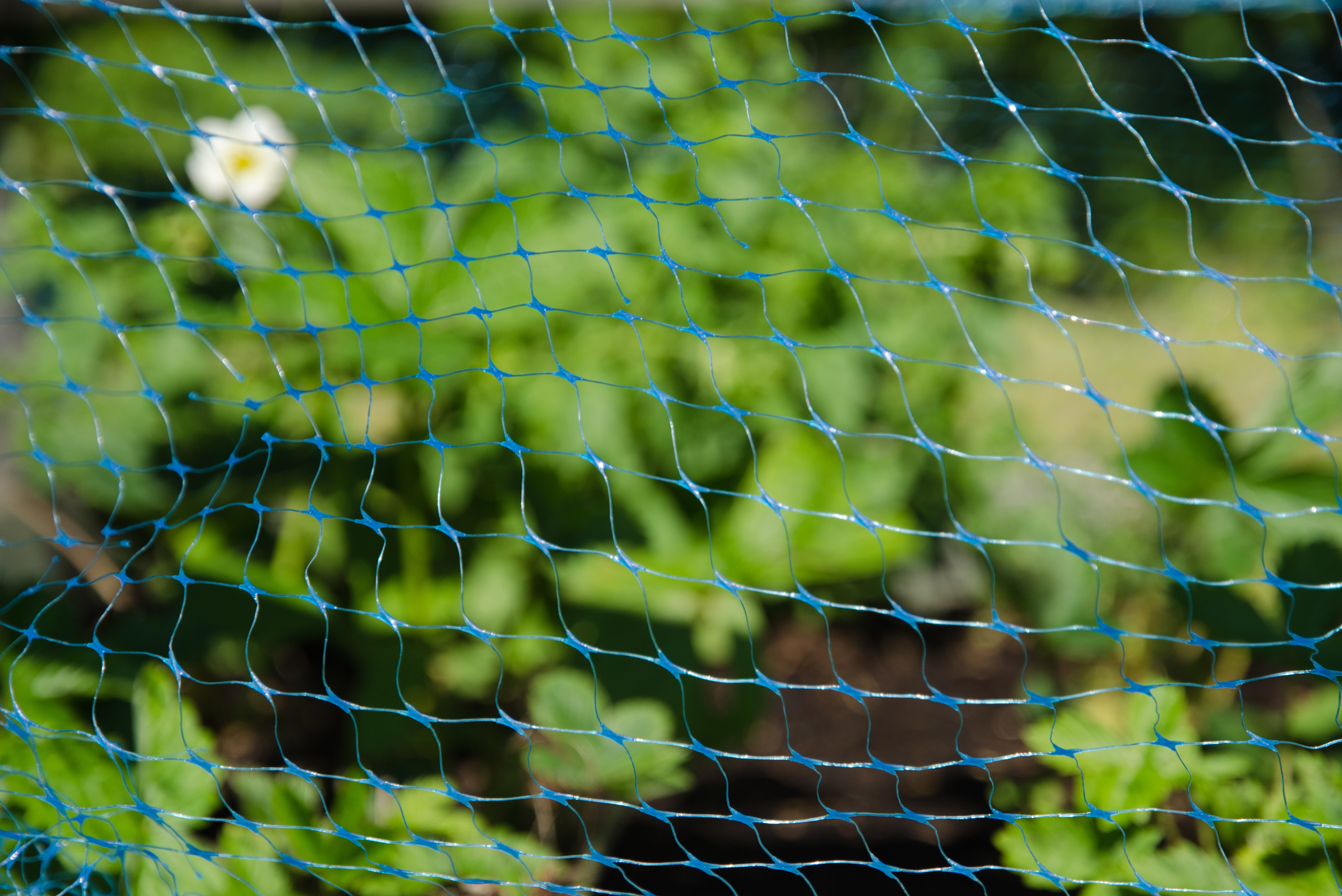
While these plants are effective rat deterrents, it’s important to combine them with other pest control strategies for the best results. Keep your garden clean and free of debris, which can provide hiding spots for rats. Secure compost bins and avoid leaving pet food outdoors, as these can attract rodents.
Consider companion planting with other pest-repelling plants like marigolds or chrysanthemums to create a diverse and inhospitable environment for rats. Installing physical barriers like fences or mesh around vulnerable areas can also provide an extra layer of protection for your garden.
Related Articles
- Six Ways Cinnamon Can Support Your Plants’ Growth to Enhance Your Garden
- Prepare Your Garden for Fall with These 8 Simple Tips
- Essential Steps for Fall Garden Prep to Guarantee a Blooming Spring
By incorporating mint, lavender, and rosemary into your garden design, you’re not only creating a beautiful and fragrant outdoor space but also establishing a natural defense against rat infestations. These plants offer a humane and eco-friendly alternative to harmful chemicals and traps, allowing you to enjoy your garden without worry. With patience and consistent care, you can transform your garden into a thriving, rat-resistant oasis that you and your family can enjoy for years to come. Embrace the power of nature and say goodbye to rats – your garden will thank you!
Ready to start your next project? Join our DIY community to receive tool tips, how-to guides, and exclusive creative insights. Subscribe to the ManMadeDIY newsletter now! Click here to unlock a world of hands-on inspiration.








